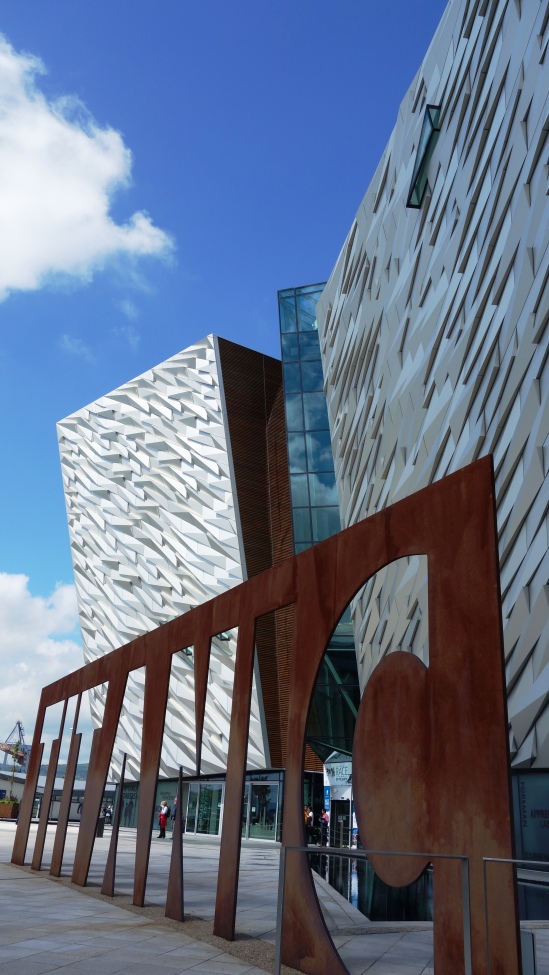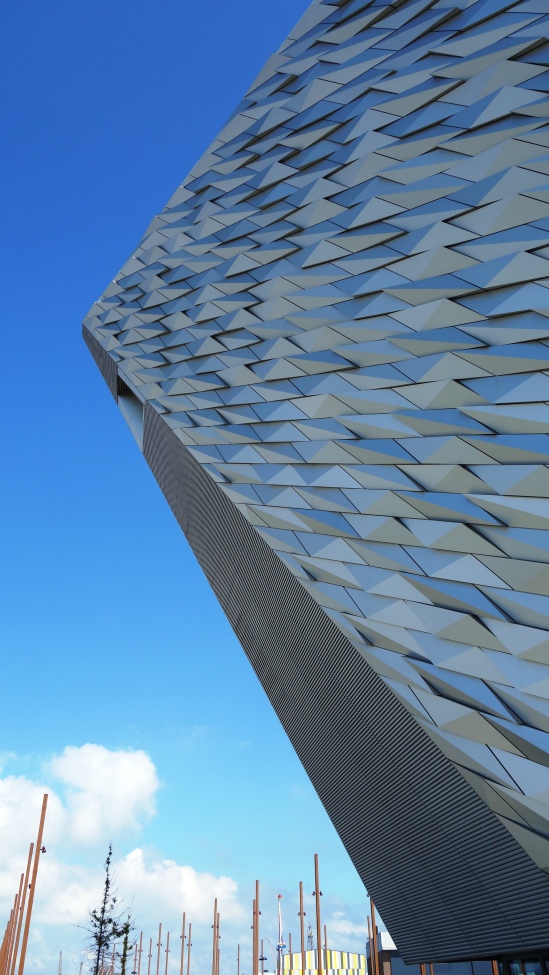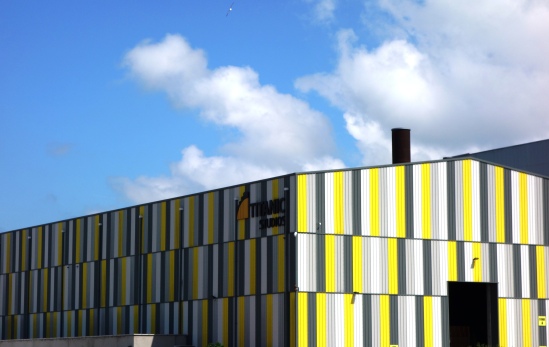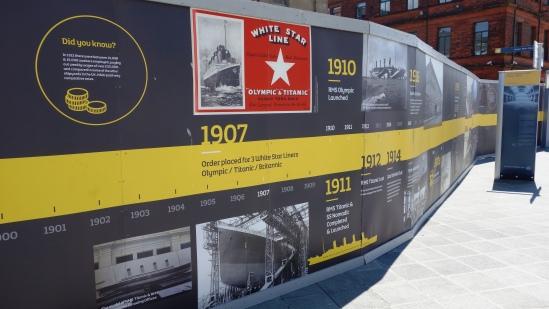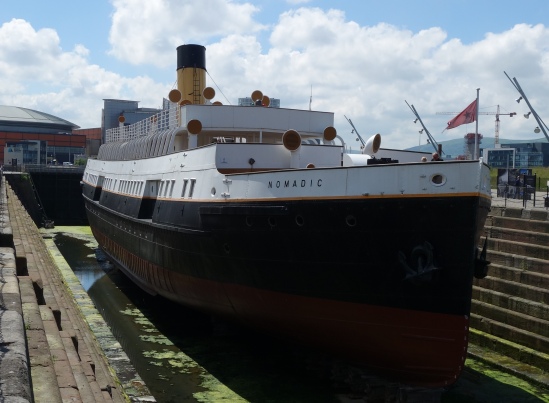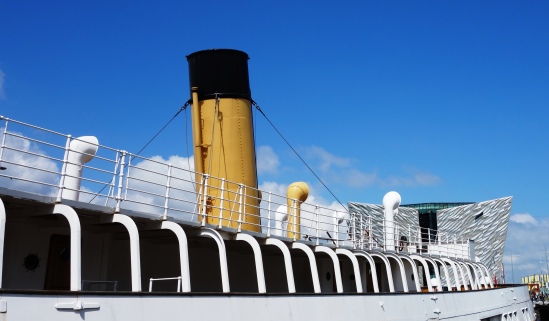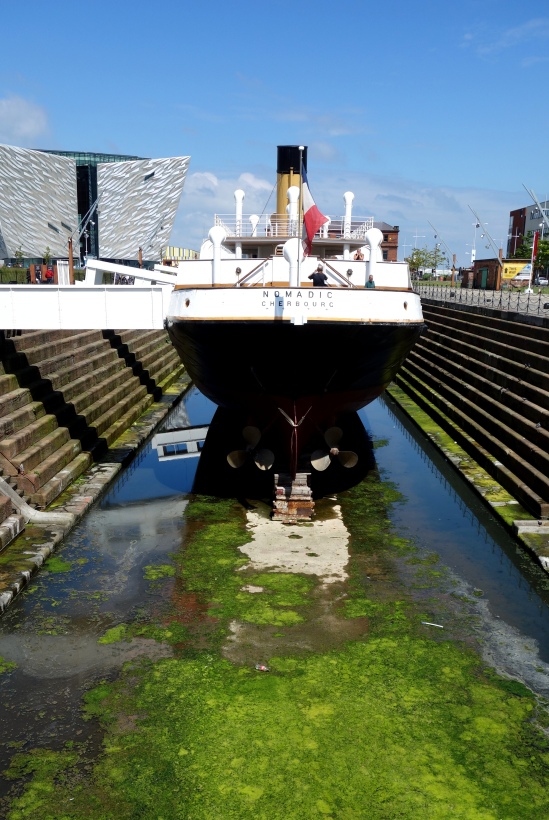Sitting less than 7 miles from Belfast (with its own very handy train station which makes it easy to reach from the city), the Ulster Transport Museum aka The Ulster Folk and Transport Museum comprises of 2 distinct museums featuring both historical vehicles and old cottages, shops, and churches. It has won Irish museum of the year on occasion and remains one of the most visited attractions in Northern Ireland. You can buy a ticket to enter both museums (theres a short walk between them) or just pick the one you want to see. Among its many sights it includes a DeLorean car, which movie fans will know from the three Back To The Future films. DeLorean cars were built in a factory just a few miles outside Belfast (now gone).
Inside the transport museum, one of the old Belfast and Northern Counties Railway (BNCR) stations, a company which served the north-east of Ireland, and the huge No.800 locomotive “Maeḋḃ” which was one of the three largest and most powerful steam locomotives ever to be built and run in Ireland.

One of the “101” Class diesel locomotives at the museum. This is No.102 “Falcon” which is the last surviving engine of its class (there were 3) after the other two were scrapped many years ago. I actually had a chance to drive this engine myself many years ago although I never saw it as this (original) colour (it was always blue). It was known simply as the “Hunslet” back then. Full details of this little engine and the fates of its two sisters are here: https://en.wikipedia.org/wiki/NIR_101_Class
No, the blue bus on the left isnt actually a bus that ran on the road, its actually a Great Northern Railway “railbus” (built in 1928) that ran on the rails. Northern Ireland Railways had another one of these many decades later too but it wasnt exactly successful (lets just say). On the right are two Belfast Corporation buses with one being a diesel built in 1973 and one a trolleybus built in 1948. I think these are the only buses preserved in the museum.

Tram No.249 would have been one of the first trams to use the electrified overhead line system through the centre of Belfast in 1905 (249 was built in 1905). Its seen here in its original colours and beautifully preserved.

Both parts of the museum (I will put up a post about the folk museum one day too) are really worth visiting. Its a great day out and you can spend hours walking around looking at the various cars, planes, trains, buses etc and afterwards go for a lovely stroll into the countryside amidst the old preserved cottages, churches, and commercial buildings. Theres a cafe inside as well, but if youre trying to save some money its perfectly fine to bring a packed lunch and sit at one of the picnic benches there.

























